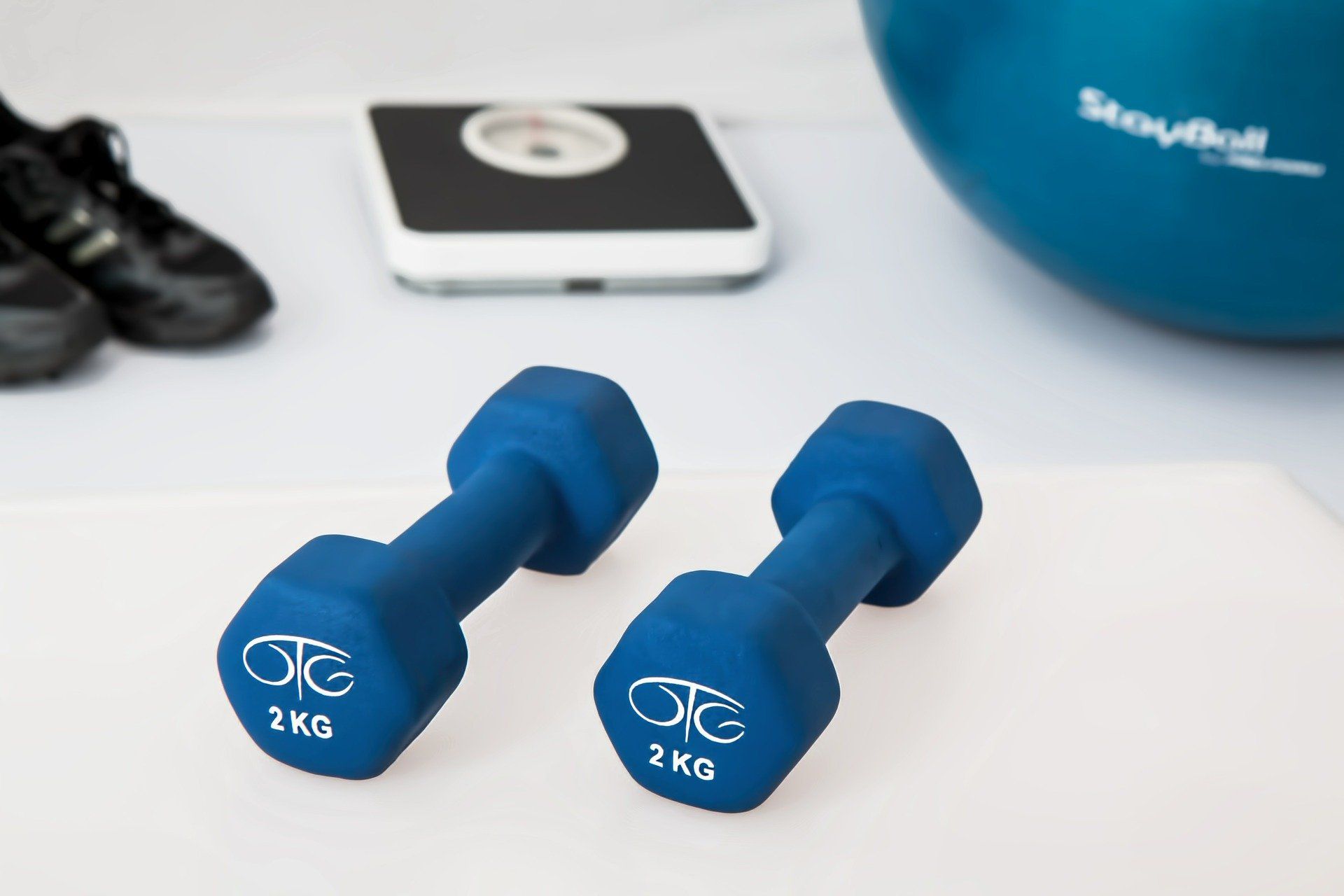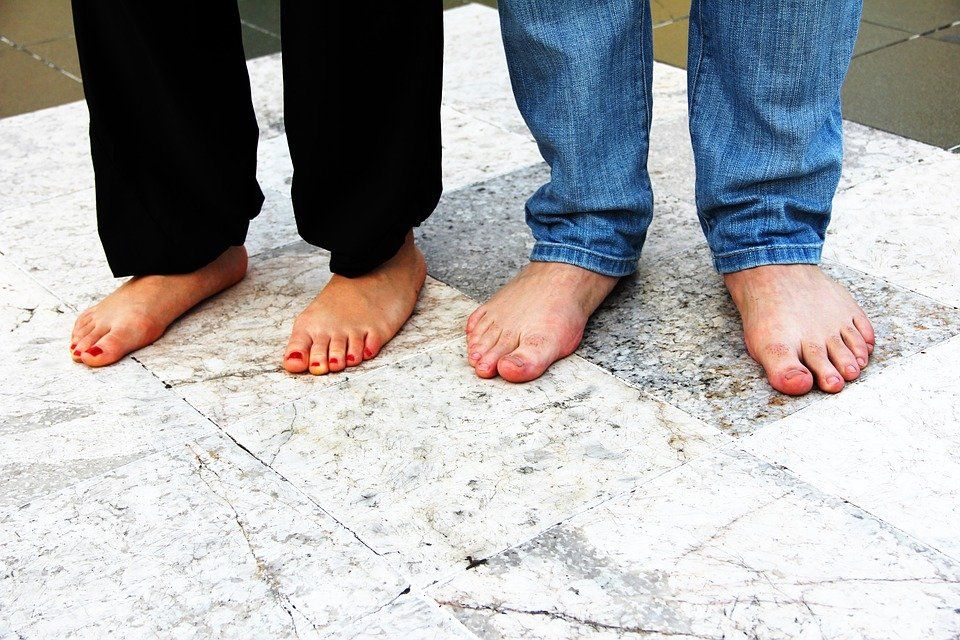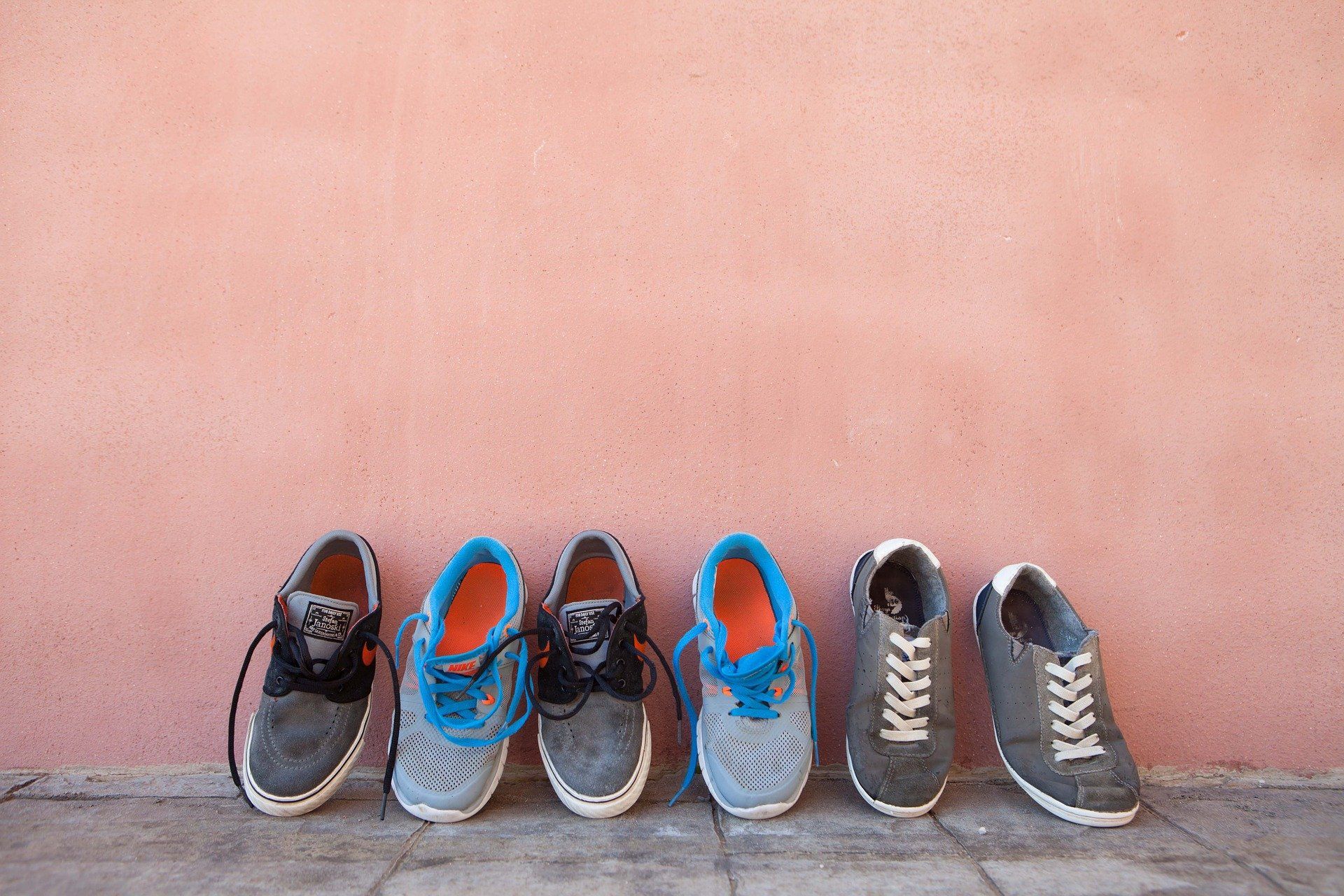Gluten: Villain or Victim?
March 22, 2021
Gluten: Villain or Victim?
So, what is the deal with gluten?
1. Poor quality diet
Sometimes life happens and we get busy, so our food quality is not in the forefront of our minds. This is nothing to feel guilty about! When busy, we tend to rely on takeaway, frozen meals, low fibre foods and can forget to drink water. It could be by having reduced your gluten intake, you have actually increased wholefoods such as fruit, vegetables, less packaged food, less take away and drinking more water. This naturally will improve any bloating, abdominal pain, fatigue or constipation. Not to mention you will be giving your body the vitamins and minerals it needs to function at it’s best.
2. Coeliac disease
Coeliac disease is an autoimmune condition where the body reacts adversely to the group of proteins, gluten. This reaction can cause many symptoms that vary between people including nausea, abdominal pain, fatigue, dermatitis, constipation/diarrhea, slow growth (in children) and even lactose intolerance. Gluten is found in certain grains such as wheat, barley, triticale, oats and products where there may be traces of these grains in the manufacturing facilities. The only way coeliac disease can be diagnosed is through a procedure called a “gastroscopy” which is performed by a doctor. There is no cure, medication or supplement to manage coeliac disease – purely a lifelong adherence to a strict gluten free diet once diagnosed to prevent long term health complications.
3. Irritable Bowel Syndrome and fructans
Irritable Bowel Syndrome (IBS) is a chronic functional gut issue which means that whilst the gut may look normal, it does not function the way it should. The gut can respond to what is referred to as “FODMAPs” which are fermentable carbohydrates. Fructans is the name of one group of these carbohydrates. They are found in wheat products, garlic, onion, and various fruit and vegetables. Gluten is not a carbohydrate or a FODMAP, but a collective group of proteins. IBS and FODMAPs are highly individualistic with potentially other factors involved and require adequate education. The only way to determine if fructans affect you is through a structured elimination diet under the guidance of a dietitian.
So, what next?
Currently there is no reason to remove gluten from your diet unless you have a confirmed diagnosis of coeliac disease by a doctor. Eating gluten free without input from a health professional can lead to a diet that is not meeting your nutritional needs and may not actually be managing your true diagnosis. It is particularly important to not remove all gluten from your diet in case your doctor requires you to undergo a gastroscopy. Gluten needs to be in your diet so the doctor can observe your gut potentially reacting abnormally to gluten in your gut – without gluten, there may be no reaction so will not have an accurate diagnosis.
Our advice is to consult your GP regarding your symptoms and medical management.
Both our dietitians at Better Movement Clinic are confident with improving diet quality, coeliac disease and are Monash University FODMAP trained to assist you with your individual needs.
Article written by our Dietitian Hannah Rogers.

Managing your diabetes is certainly an important aspect of maintaining your health and quality of life, but your goals and interests are very important too. Exercise Physiologists are specially trained in prescribing exercise to achieve your goals and manage your health while considering all aspects of your life, come and visit one of our Exercise Physiologists to discuss the best exercise for you, your life, your goals, and your diabetes. What is Type 2 Diabetes? Type 2 Diabetes is the result of increased insulin resistance and beta-cell impairment. Your pancreas has cells, named beta-cells, that produce insulin which helps your body use and store glucose, the sugar your body gains from the carbohydrates you eat. When you eat carbohydrates, your pancreas makes and releases insulin, which helps your body use and store the glucose (usually known as ‘sugars’) that are contained in carbohydrate foods. This insulin helps your body use the glucose as energy for your brain and muscles, or store the glucose in your muscles and liver to be used later. Without insulin the glucose stays stuck in your blood, which raises blood glucose levels and reduces the amount of glucose your brain and muscles have available to use as energy. In Type 2 diabetes, two areas of this process are impacted. 1. Beta-cell death: The cells in your pancreas that make insulin are overworked and some cells can die. Usually due to years of working too hard to create enough insulin to keep up with high carbohydrate and sugar intake and/or because they were a bit weaker to begin with and became more easily overworked than usual (due to family history and genetics). 2. Insulin resistance: Your body needs more insulin than usual to get the glucose out of your blood and into cells where it can be used as energy or stored for later. This puts stress on your body to produce more insulin than it usually would and often leads to further beta-cell death. These two processes cause ongoing problems, because as your insulin resistance gets worse and you need more insulin to do the same job, your cells get more and more overworked trying to keep up with your bodies demand. How does exercise help? As you exercise your heart rate increases and pumps your blood around your body more rapidly, this increase in blood flow helps deliver the glucose in your blood to your muscles, so it is pulled out of your blood more quickly than usual. Within your muscle cells there are transporters that move the glucose from your blood into your muscle cells to be used, some of these cells are powered by insulin, but some of these transports are powered by exercise. So, as you exercise, your cells have access to both the insulin and exercise transporters to get the glucose out of your blood and into your muscles, enabling much more glucose than usual to be moved out of the blood. Once you have moved your body and muscles, your muscles need to replenish their energy supplies again. To do this, a large amount of glucose is taken out of your blood and stored in your muscles, ready for the next time exercise is completed, taking this glucose out of your blood reduces your blood glucose levels. Replenishing the glucose stores in your muscles is also beneficial for preventing weight gain because if more glucose is stored in your muscles, less if left over to be stored as body fat in your adipose tissue. As your exercise more regularly and get fitter your body becomes more efficient at storing glucose and can store much more in your muscles than previously. However, this does not increase forever, and you must continue physical activity regularly to maintain your improved ability. What type of exercise is best? To choose the best exercise for you it is important to consider all the other aspects of your life and health, because you are much more than just your diabetes diagnosis. Exercise should be focused on improving your health and wellbeing, making you feel stronger, increasing your independence and ensuring you can continue to complete all the activities you enjoy throughout your lifespan

In-toeing or pigeon-toed is a very common walking pattern in young children. As they walk their toes turn inwards ‘like a pigeon’. This type of walking is commonly seen in children between the ages of 2 years old and 7 years old. A lot of the time, in-toeing at these ages isn’t cause for concern as it can be a very normal part of your child’s development. However, this isn’t always the case. If your child is in-toeing and you notice the following: Excess tripping and/or clumsiness Fatigues very quickly Wants to be carried all the time Can’t keep up with other children their age Wears through footwear very quickly Is over the age of 7 Is excessively in-toeing and it doesn’t just look quite right We do recommend that you see a health professional. Our podiatrist can assist you with any of the above concerns you may have or if you just want to get a check up on your child’s feet, we are here to help. Contact the Toowoomba clinic today on 4632 7024 or 4662 2855 for our Dalby clinic.


